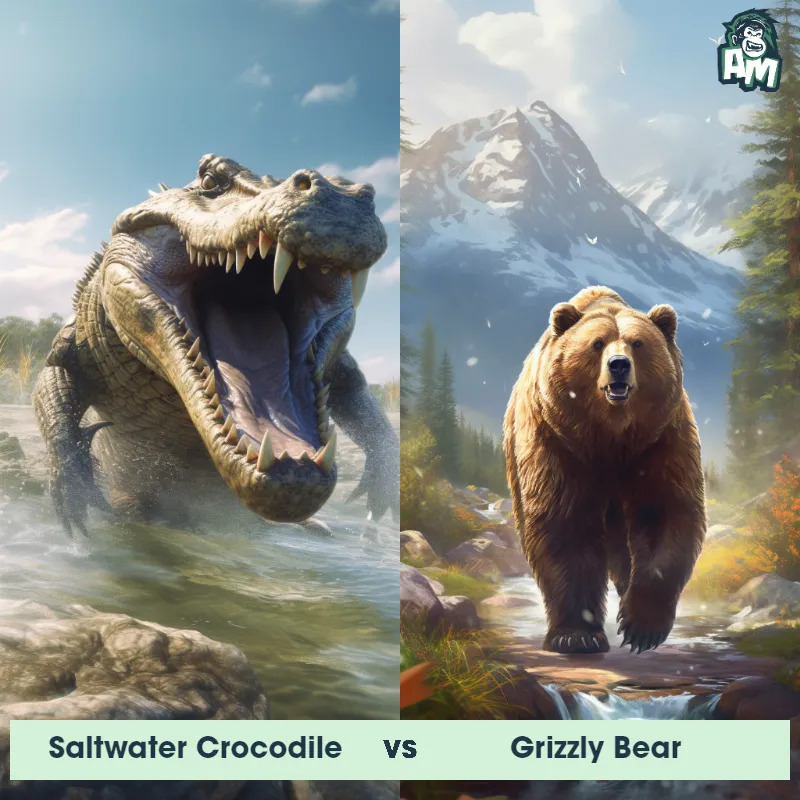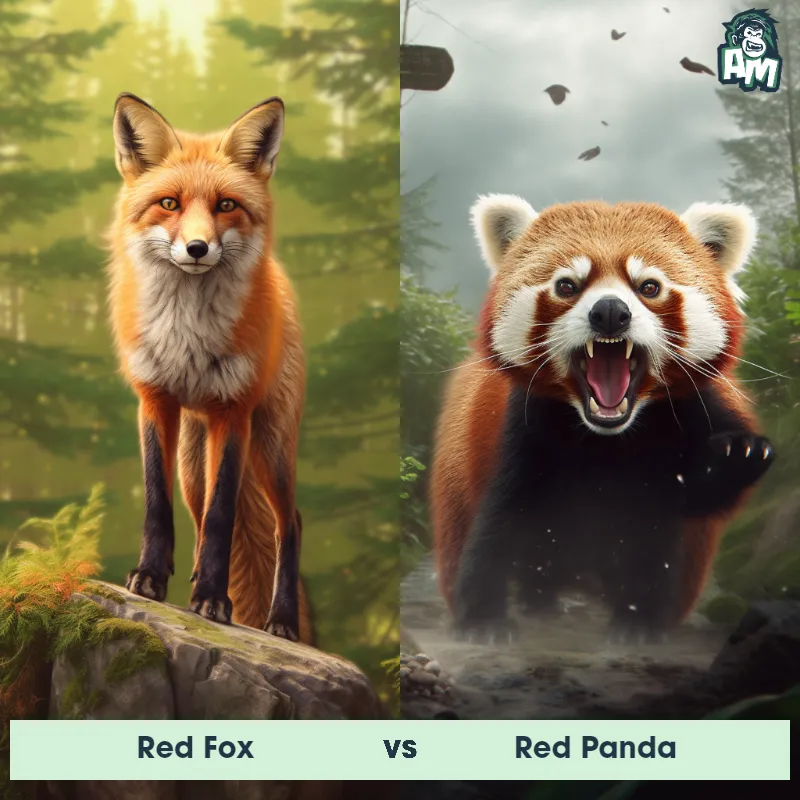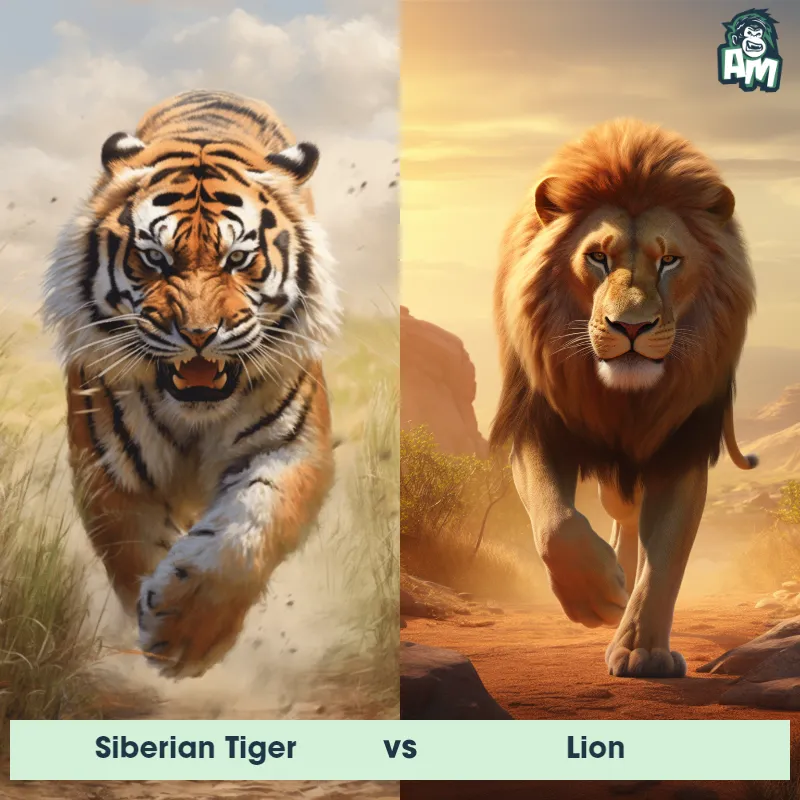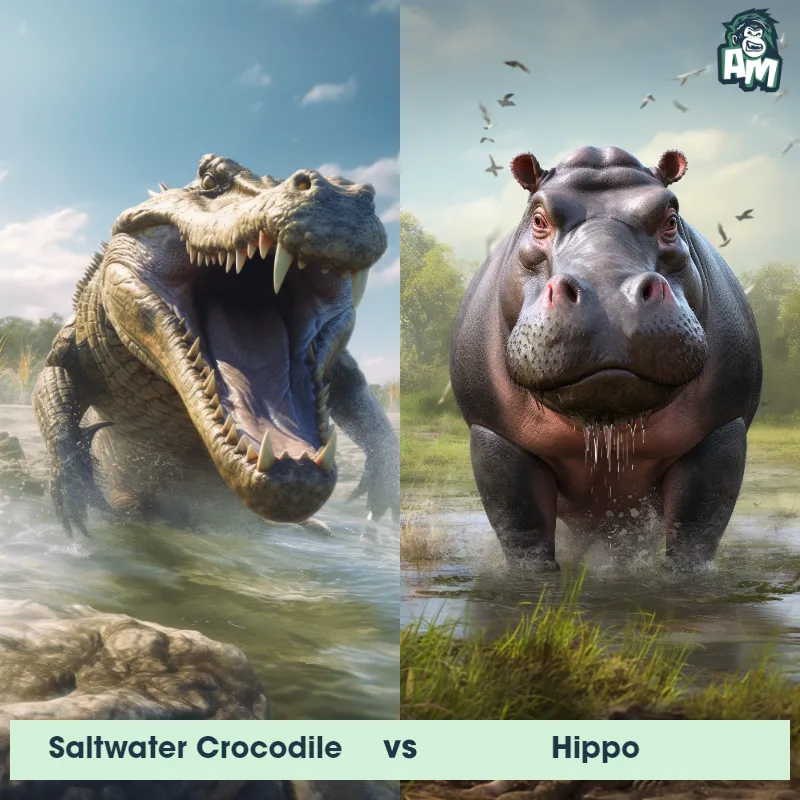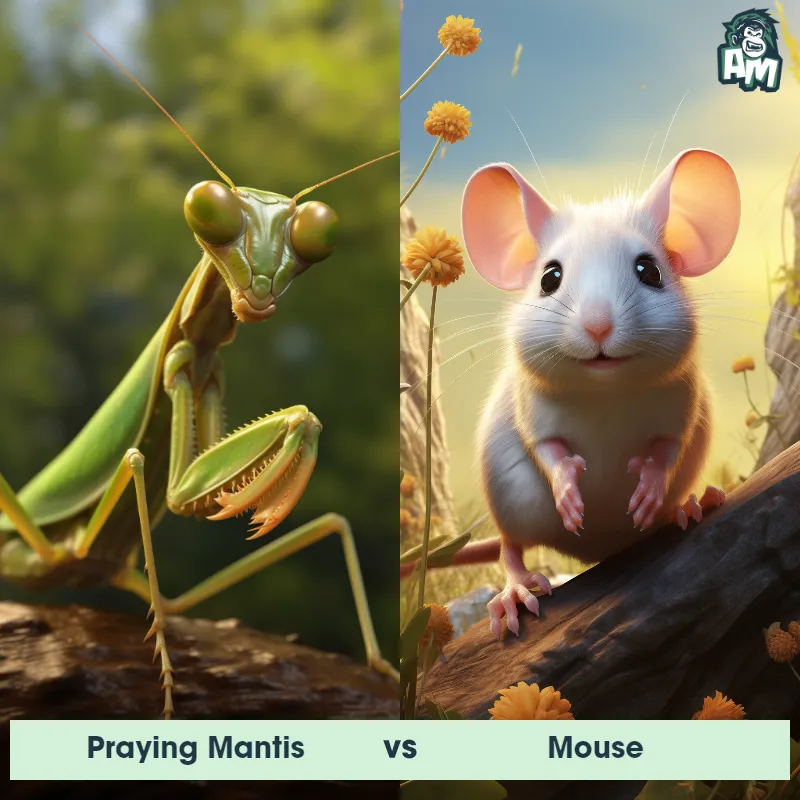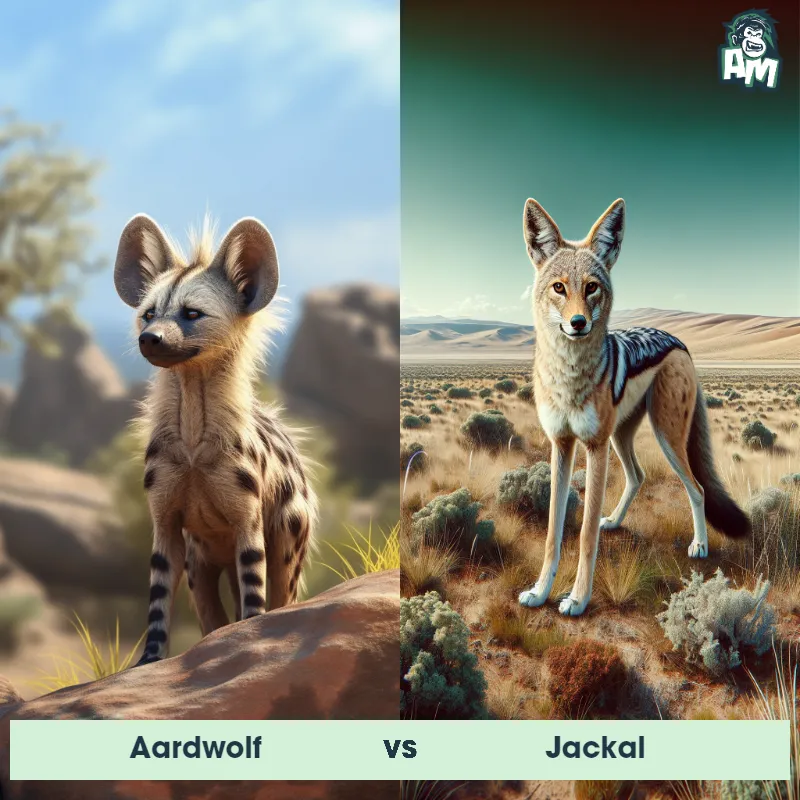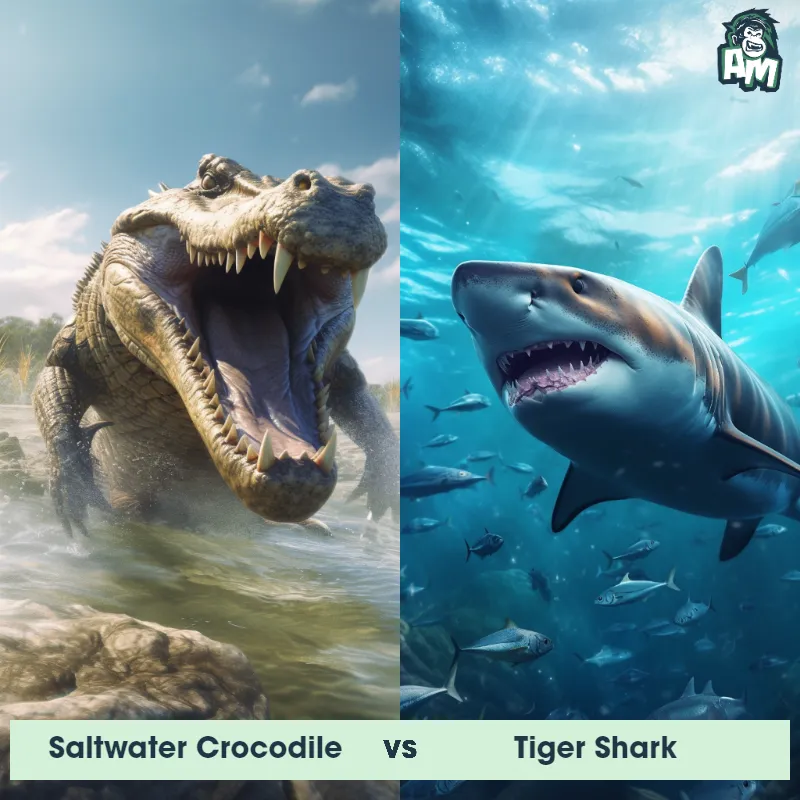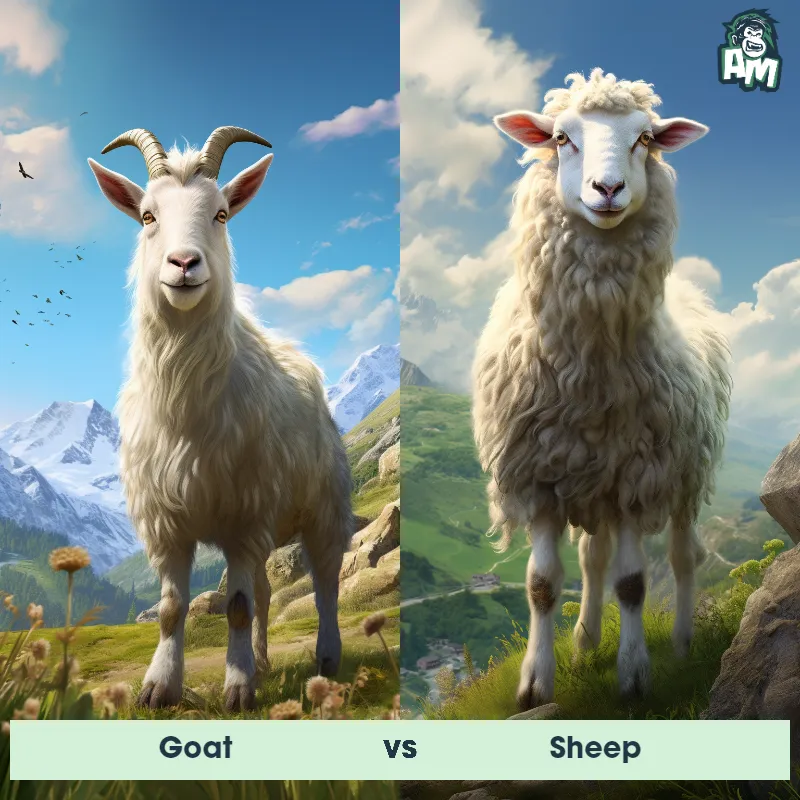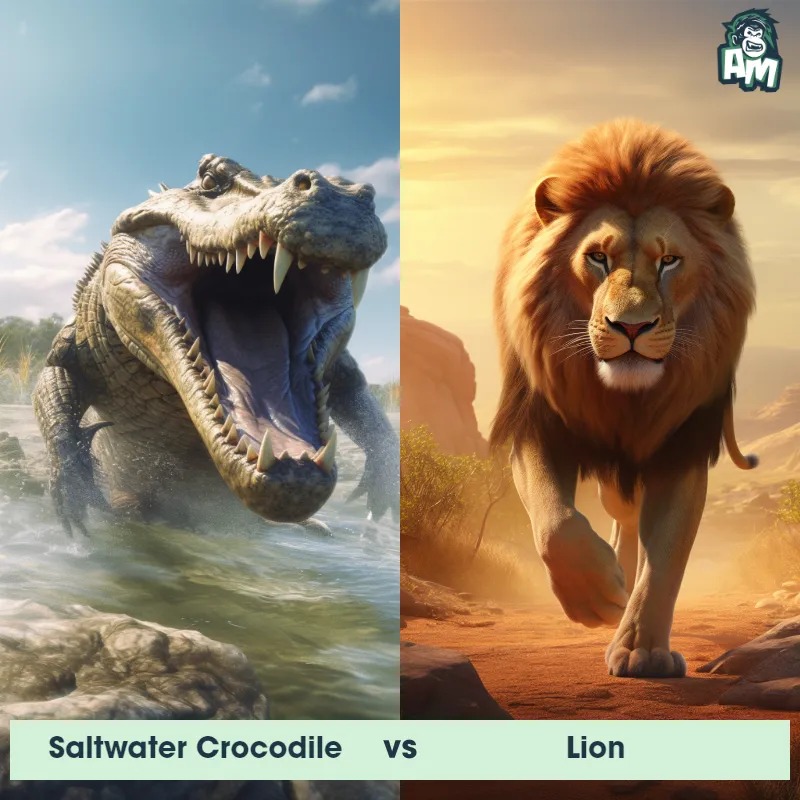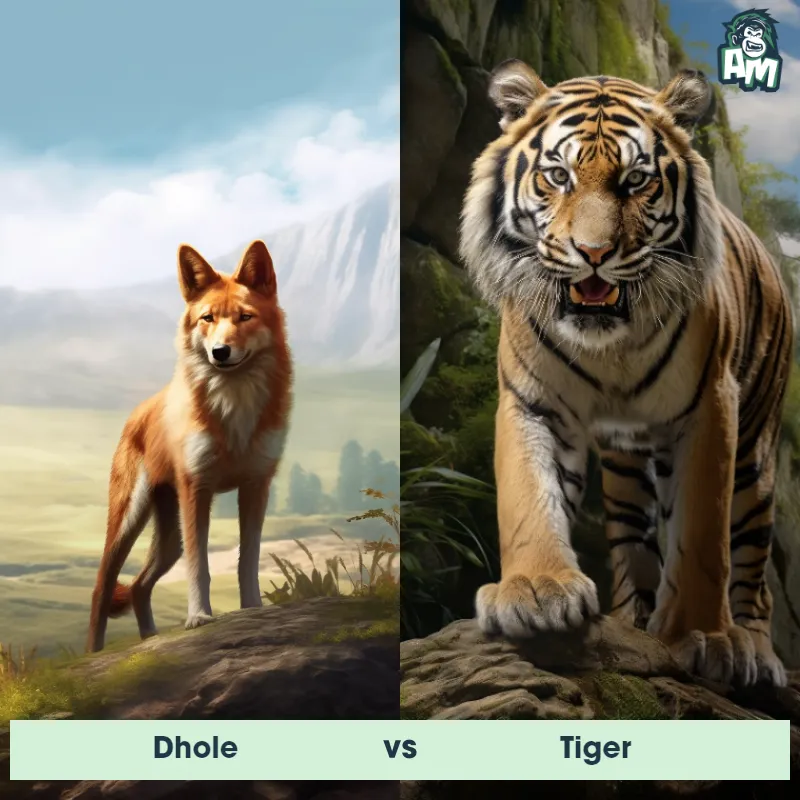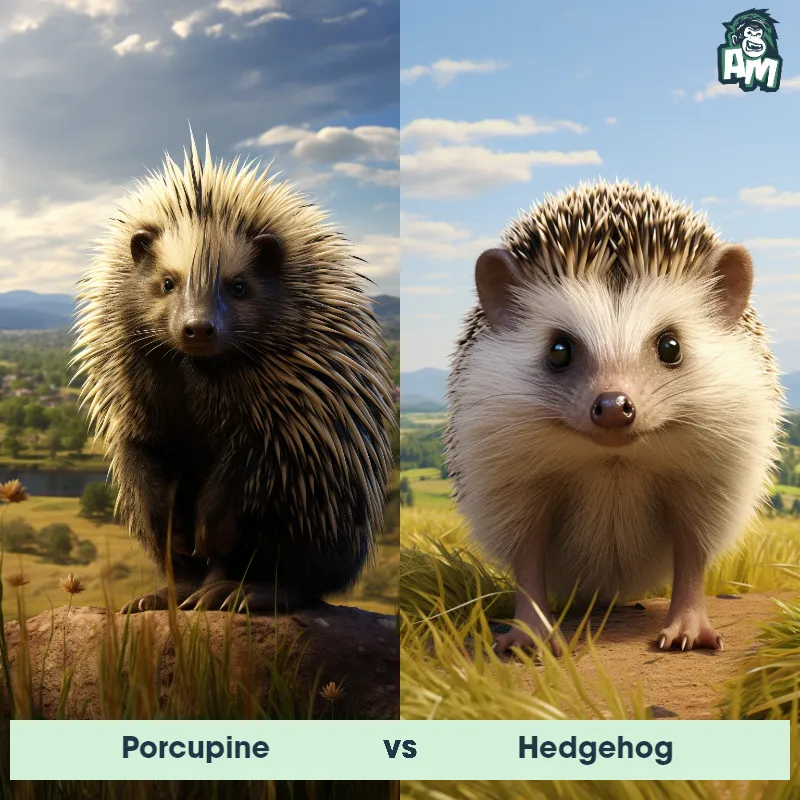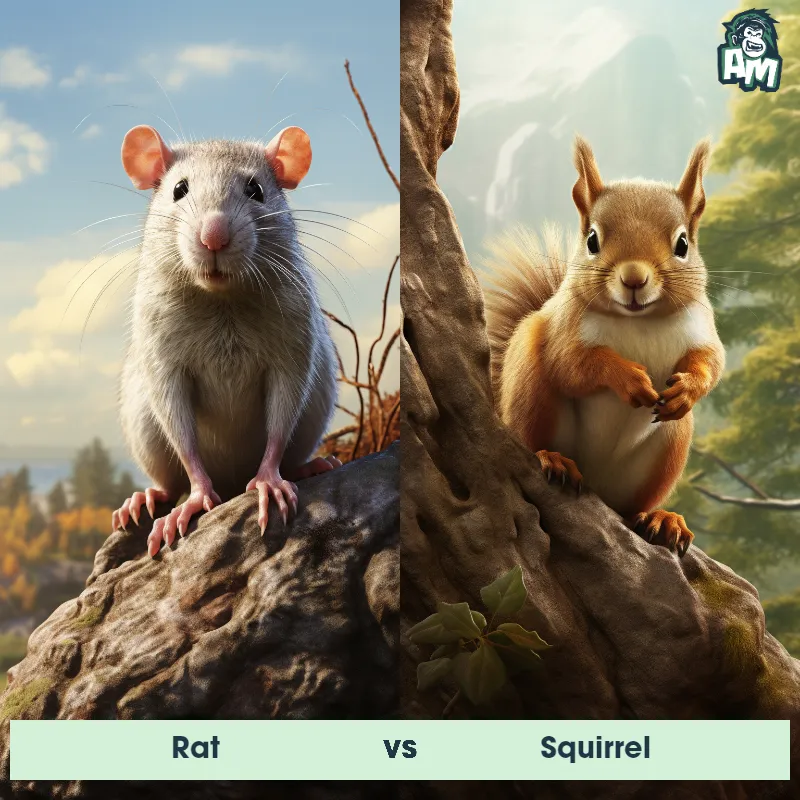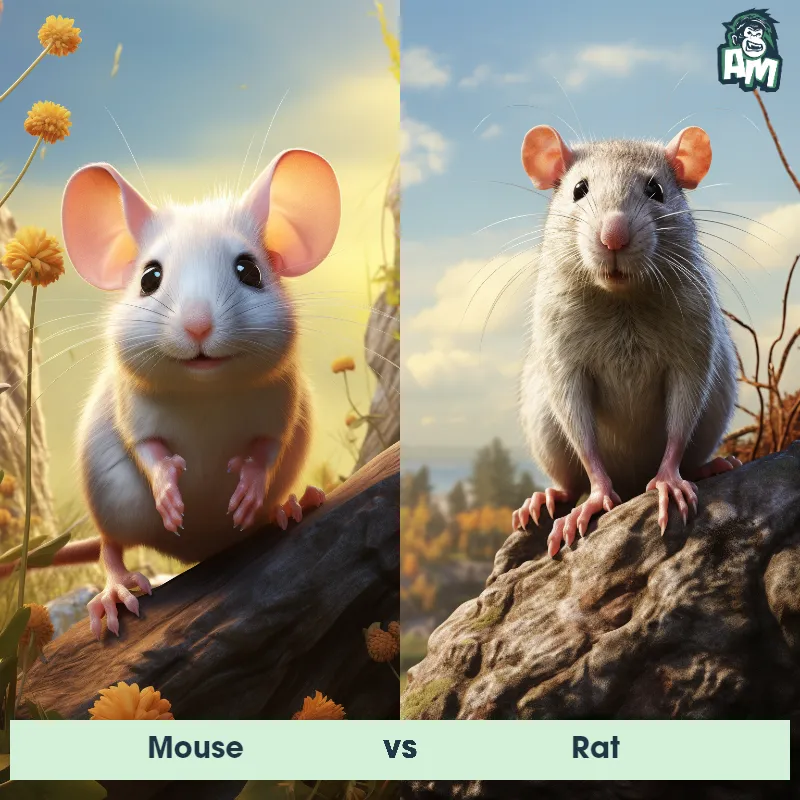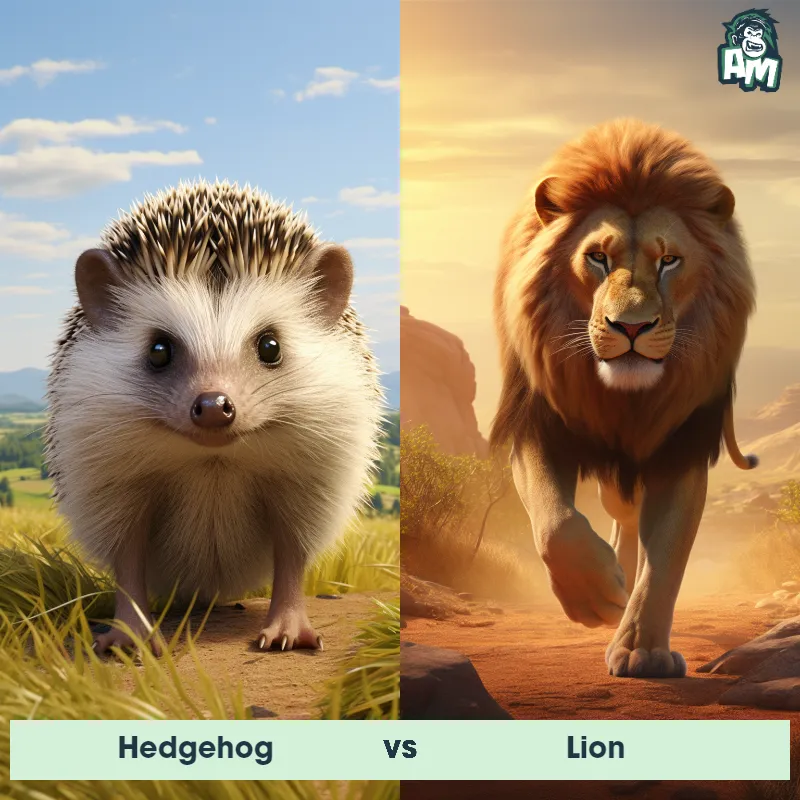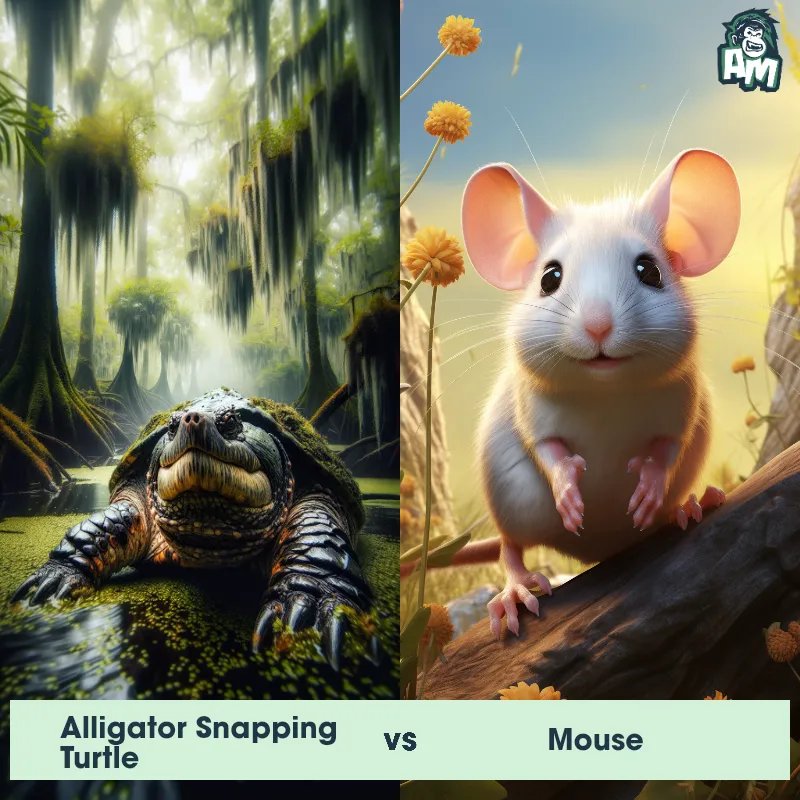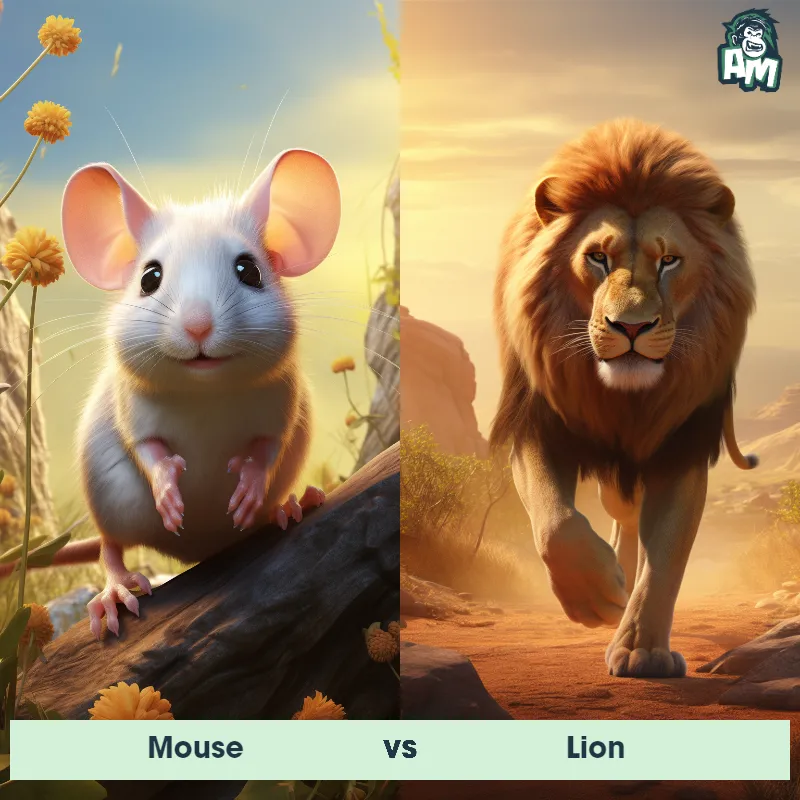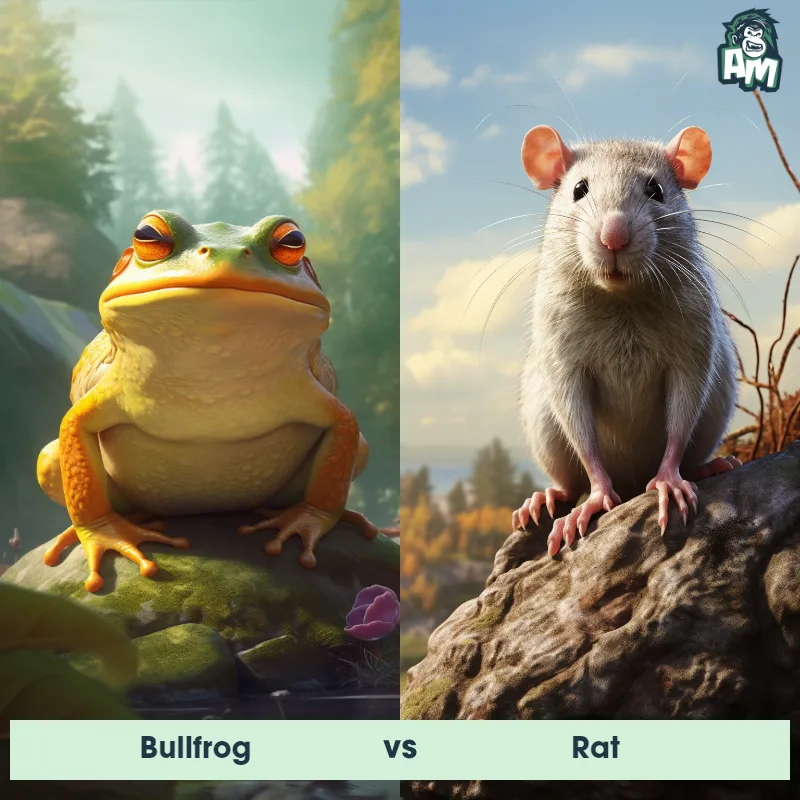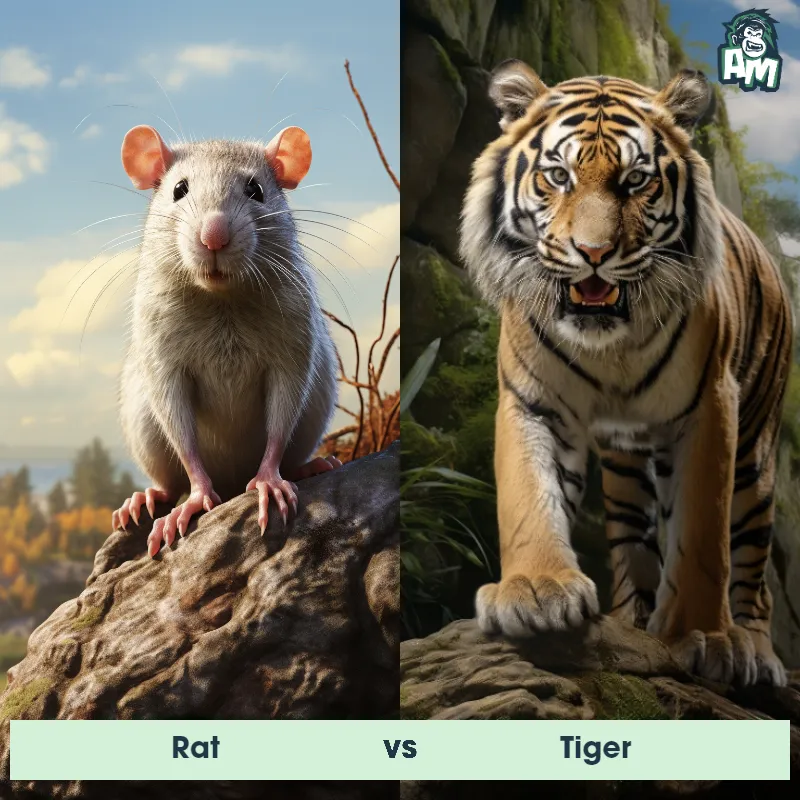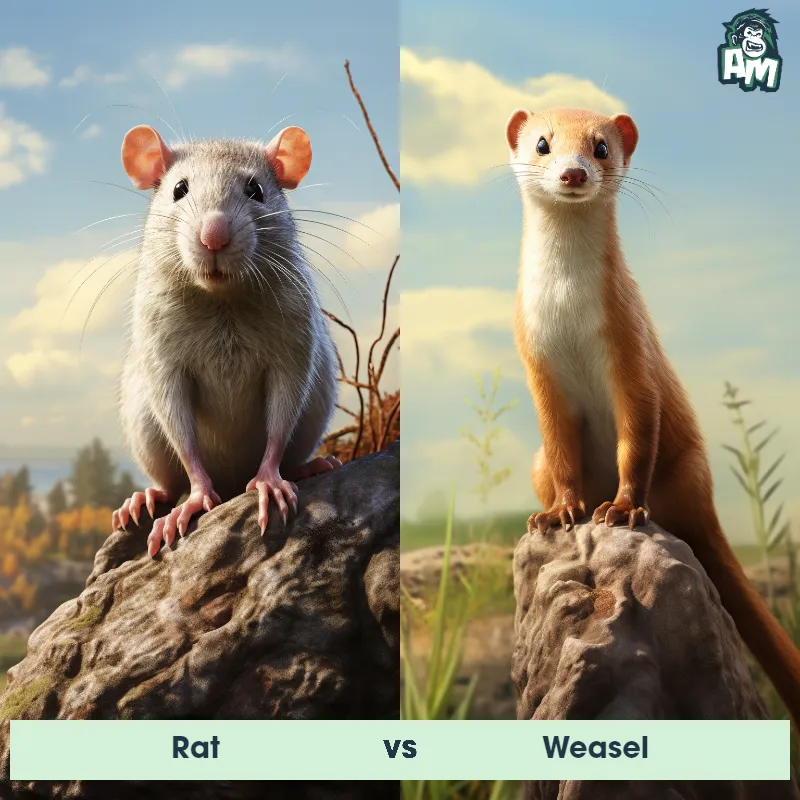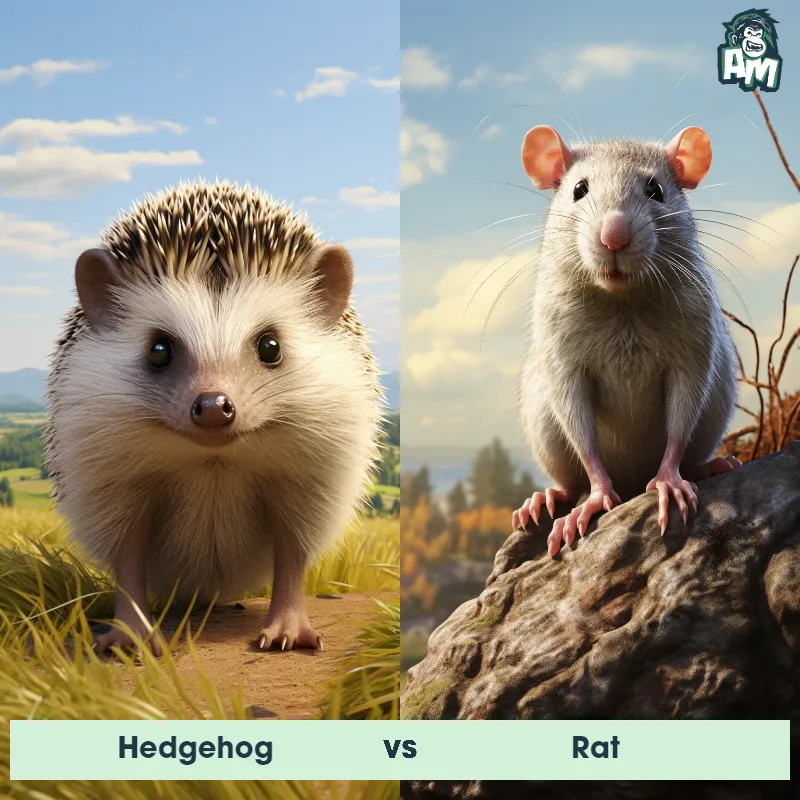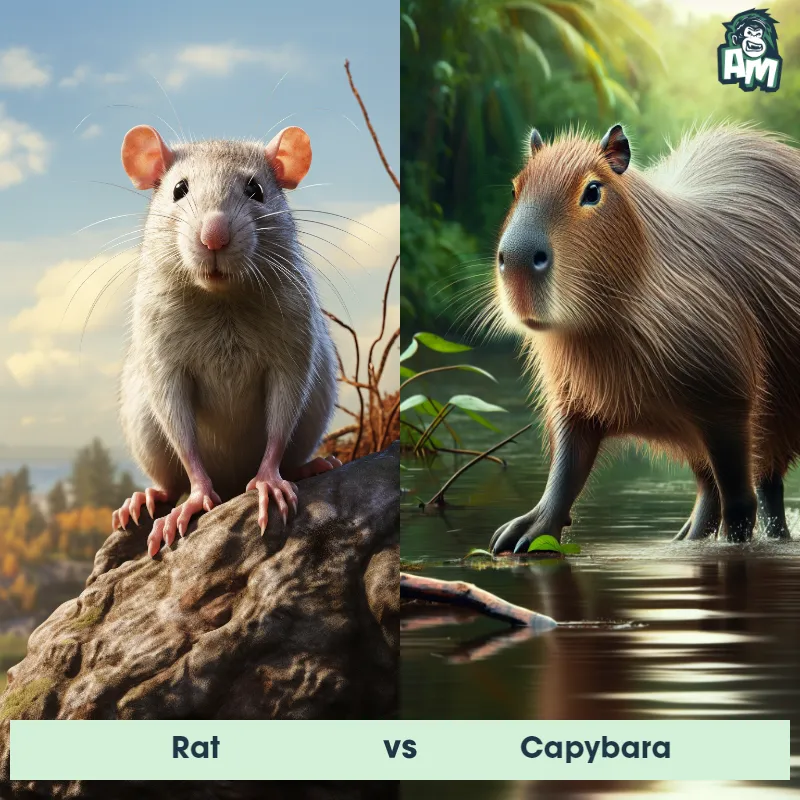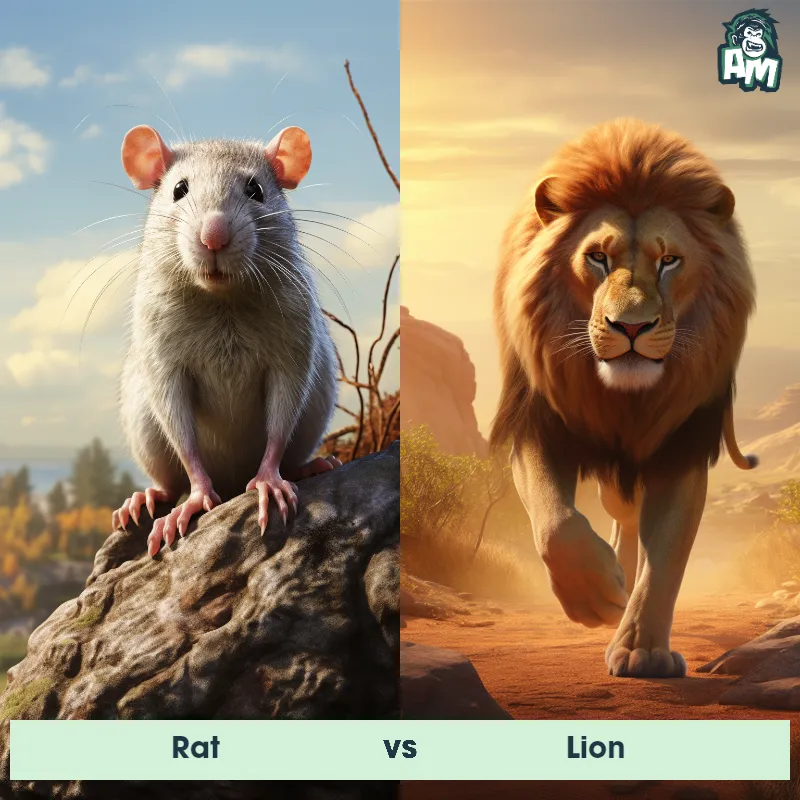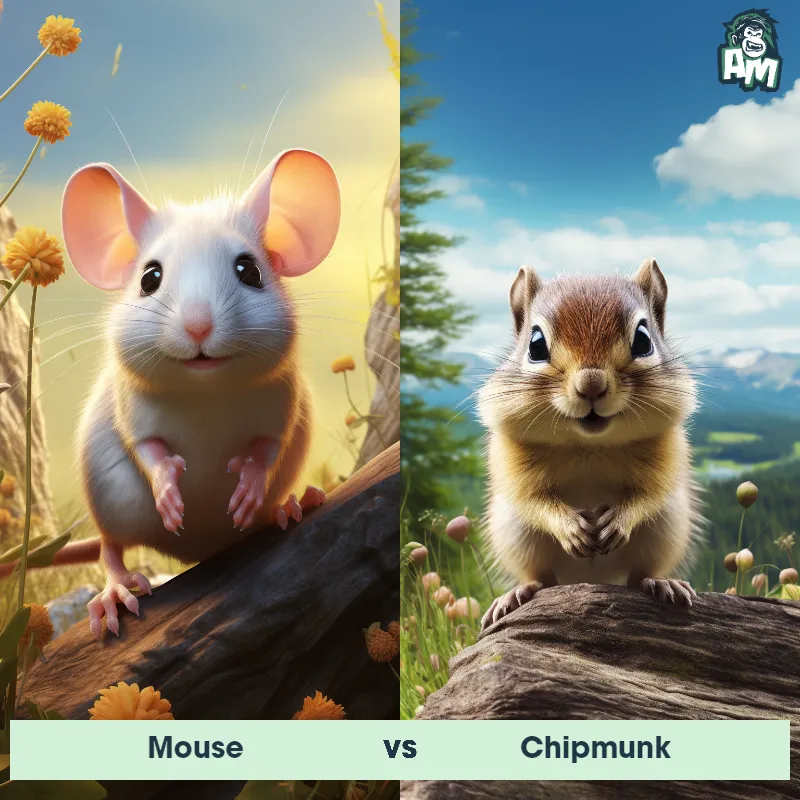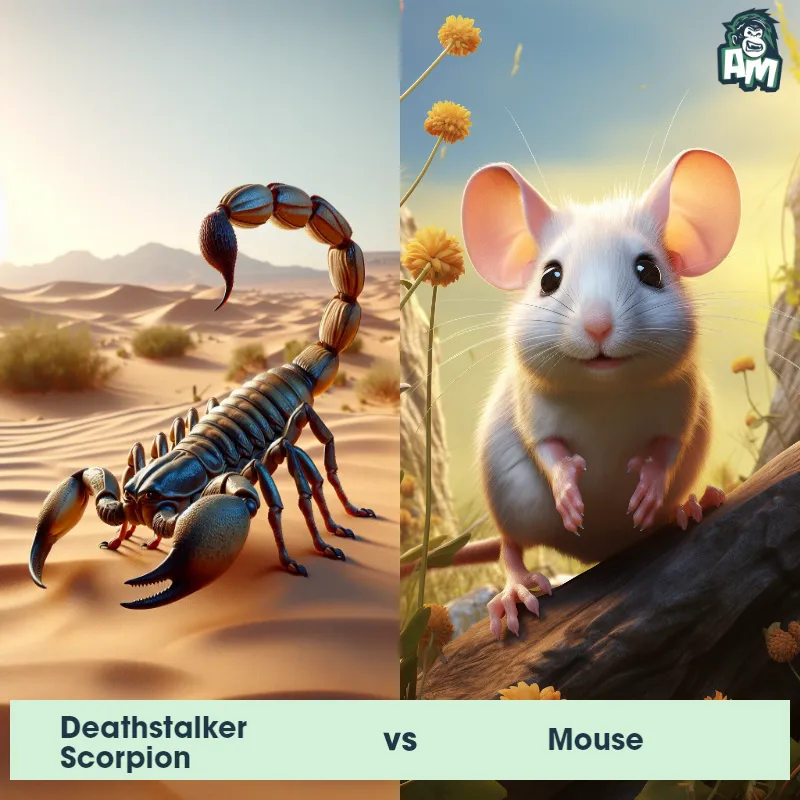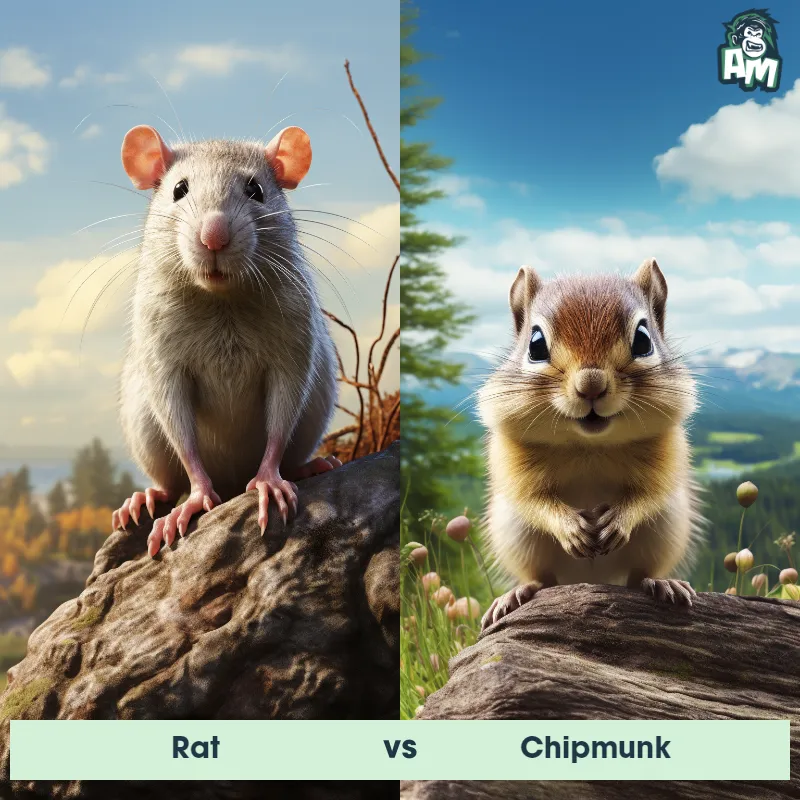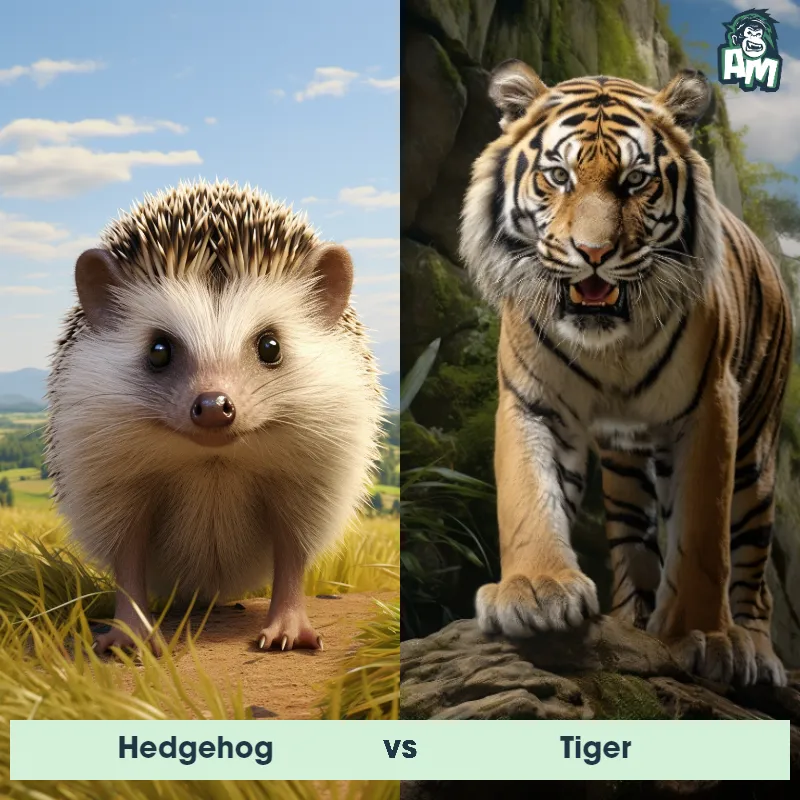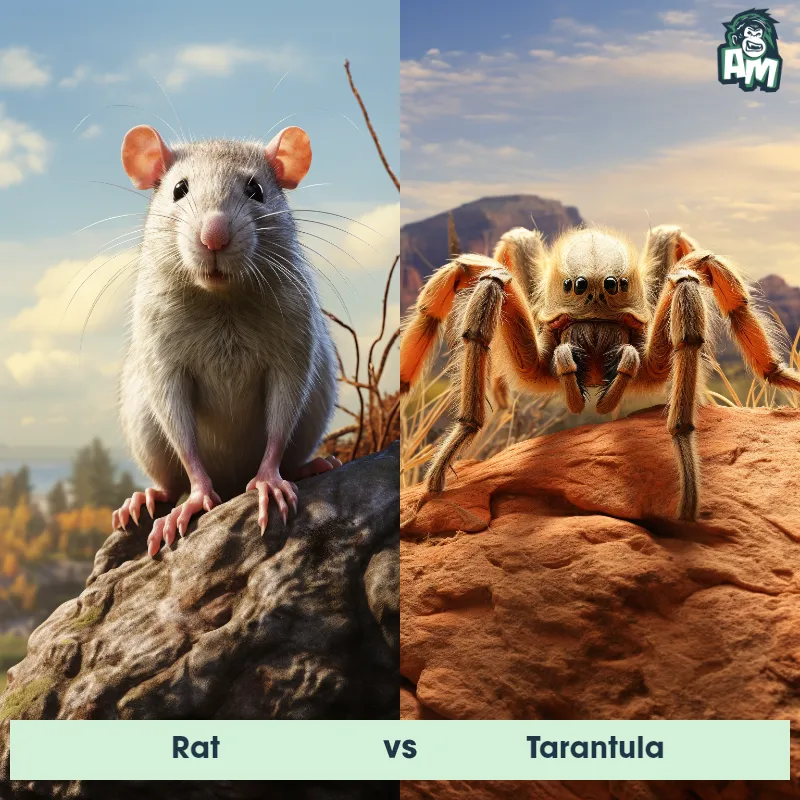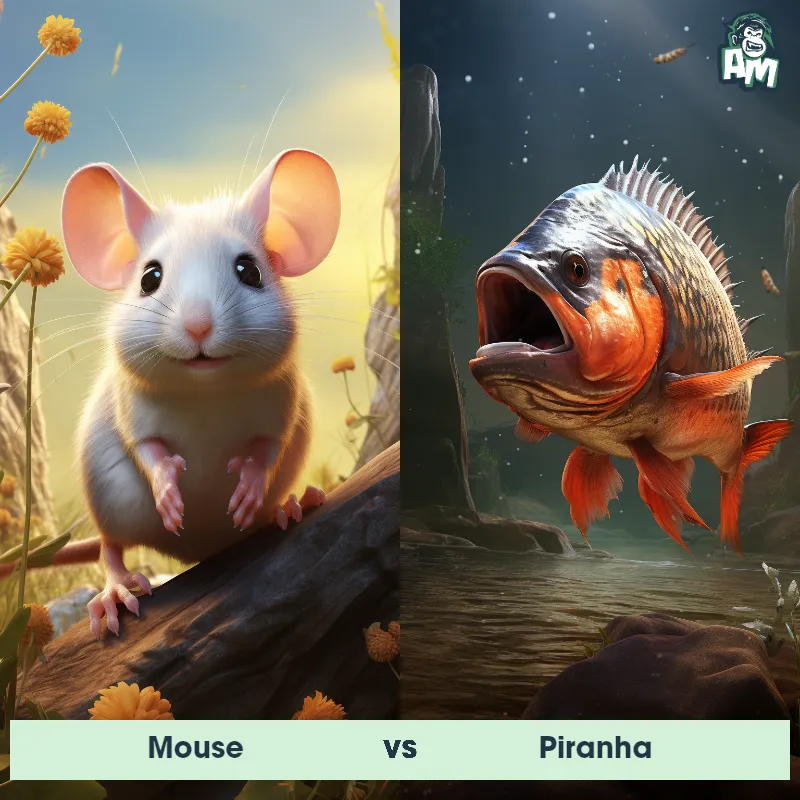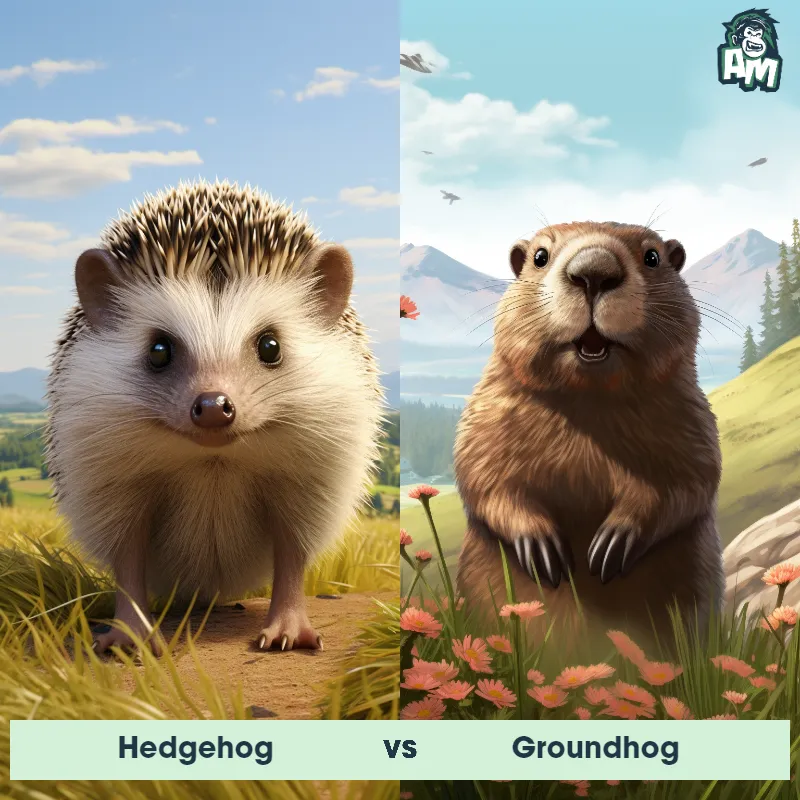Hedgehog vs MouseSee Who Wins

Ladies and Gentlemen, get set for a unique battle tonight as we've got our prickly contender, a hedgehog, squaring off against the nimble and quick, mouse. This may very well be an epic display of agility, speed and tactics on both sides - a true spectacle for all those who appreciate the art of the fight. Let's step right into the action!
Contender 1: Hedgehog
The Hedgehog is a small mammal distinguished by its spiny coat, which it uses as a unique form of defense by rolling into a ball when threatened. Its body is covered with a layer of tough, sharp spines, and its underbelly is soft and fur-covered. These creatures are typically 5 to 12 inches long, with small, bright eyes and pointed snouts that are used for foraging. They are primarily nocturnal and enjoy a diet of insects, worms, snails, frogs, and even small snakes.
Fun Fact: Despite their spiky defense mechanism, Hedgehogs have quite a delicate sense of touch due to long whiskers on their snouts that help them navigate and find food.
Contender 2: Mouse
The Mouse is a small mammal characterized by its pointed snout, round ears, and long, thin tail. There are over 30 species of mice, but all tend to have a similar size, ranging from 1.5 to 3.5 inches in body length, with tails of similar or slightly longer lengths. Their fur can be a variety of colors, including white, brown, gray, or black, and they are known for their fast reproduction rates. Mice are omnivores, though their diets predominantly consist of plant material like seeds and fruits, as well as insects.
Fun Fact: Mice have a keen sense of hearing and can communicate with each other using ultrasonic calls, many of which are above the range of human hearing.
Matchup Stats
| Hedgehog | Mouse | |
|---|---|---|
| Size | 5 to 12 inches (12.7 to 30.48 cm) | 1.5 to 3.5 inches (3.8 to 8.9 cm) |
| Weight | 0.5 to 2.2 lbs (0.23 to 1 kg) | 0.5 to 1 ounce (14 to 28 grams) |
| Speed | 4mph (6km/h) | 8mph (13km/h) |
| Key Strength | Spiny coat used for defense | Agility and speed |
| Biggest Weakness | Soft underbelly | Small size and lack of defensive mechanisms |
Current Votes
Hedgehog vs Mouse
See Who Wins
View More Matches
Looking For More?
Similar Matches
Scientific Stats
| Hedgehog | Mouse | |
|---|---|---|
| Scientific Name | Erinaceinae | Mus |
| Family | Erinaceidae | Muridae |
| Habitat | Forests, meadows, grasslands, and suburban gardens | Various, including fields, forests, and human dwellings |
| Geography | Europe, Asia, Africa, and New Zealand | Worldwide |
| Diet | Insects, worms, snails, frogs, and small snakes | Omnivorous, predominantly plant material and insects |
| Lifespan | 3 years - 8 years | 1 year - 3 years |
Key Differences between Hedgehog and Mouse
- Size: Hedgehogs are generally larger than mice, with an average length of 5 to 12 inches (12 to 30 cm) and weighing between 14 to 39 ounces (400 to 1100 grams), while mice are much smaller, measuring around 2.5 to 4 inches (6 to 10 cm) in length and weighing only 0.5 to 1 ounce (15 to 30 grams).
- Tail: Hedgehogs have a short and stubby tail, usually hidden among their spines. Mice, however, have a longer and more visible tail that is often used for balance and communication.
- Spines: Hedgehogs are covered in sharp, pointy spines or quills that serve as a defense mechanism. These spines are made of keratin and can be raised or flattened depending on the hedgehog's state of arousal. Mice, on the other hand, have fur covering their bodies and lack any spines or quills.
- Body shape: Hedgehogs have a distinct round body shape, resembling a small spiky ball, with a broad back and a tapering snout. In contrast, mice have a slender and elongated body shape, with a pointed snout.
- Ears: Hedgehogs have small, round ears that are often hidden beneath their spines. In contrast, mice have larger, more prominent ears that are clearly visible.
- Coloration: Hedgehogs exhibit a variety of colorations, including shades of brown, gray, and white, with some species having distinct patterns. Mice, on the other hand, commonly have a uniform coloration, such as gray or brown, although there are also some species with more diverse coat colors.



